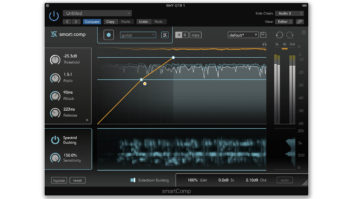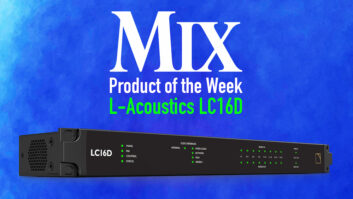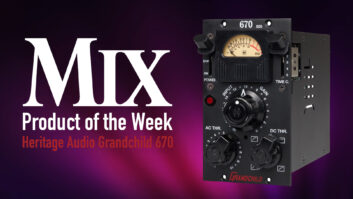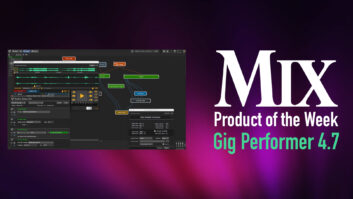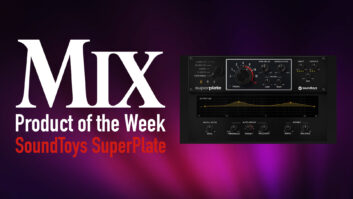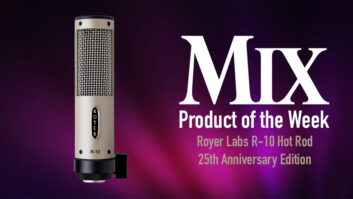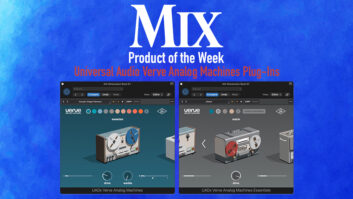It stands to reason that a company that builds consoles would have plenty of expertise in monitor control features. So when I heard about Audient’s new Nero ($499), a standalone desktop monitor controller, I came up with some numbers to help explain it.
Four: Nero contains four separate TRS headphone outputs, each with its own dedicated volume knob. You can send out up to four different headphone mixes, which is great when you’re recording several musicians at a time. Three of the ¼-inch TRS headphone jacks are on the back panel and one on the front. What’s more, the Cue Mix Monitoring feature allows the engineer to listen to any of the cue mixes, which makes level-setting a lot easier.
Three: You can connect up to three pairs of monitors to Nero and switch between them. A lot of monitor controllers or audio interfaces with monitor control sections only give you the capability to switch between two pairs. The more monitors you can bring to the process, the better, as far as I’m concerned; so three beats two in this case.
Read more Product of the Week: Antares AutoTune EFX+.
Two: That’s for the left and right channels. Audient says they are matched perfectly at the outputs using a process called Precision Matched Attenuation Technology, which digitally controls the analog signal.
One: Nero comes with a built-in talkback mic, with a front panel engage button and volume control. What’s more, you get a back-panel XLR jack with switchable phantom power for connecting your own talkback mic, if you’d prefer.
Two: That’s how many ¼-inch TRS balanced line-level input pairs Nero has. You’d connect one to the outputs of your audio interface and another to an alternate source. What’s more, you also get a third input path, which can be either a stereo 3.5mm jack or an RCA stereo pair and left and right ¼-inch jacks for a Cue Mix input. You can easily switch between all sources from front-panel buttons.
Three: Connect a subwoofer to the dedicated sub input, and you can switch it to be active on any of the three monitor output pairs.
Four: That’s the number of buttons situated under and to the right of the large Control Room volume knob, and which handle some other useful monitor section functions. These include Dim, Cut, Mono and Polarity Flip (of the left channel). The latter lets you hear the Side portion of a mid-side image, which can be useful when mixing.
Also, you can save routing choices with the touch of a button, calibrate and save levels between speaker pairs, and more. Overall, Nero sounds like it could be a powerful solution for those wishing to add comprehensive monitor control functions to their DAW setups.
